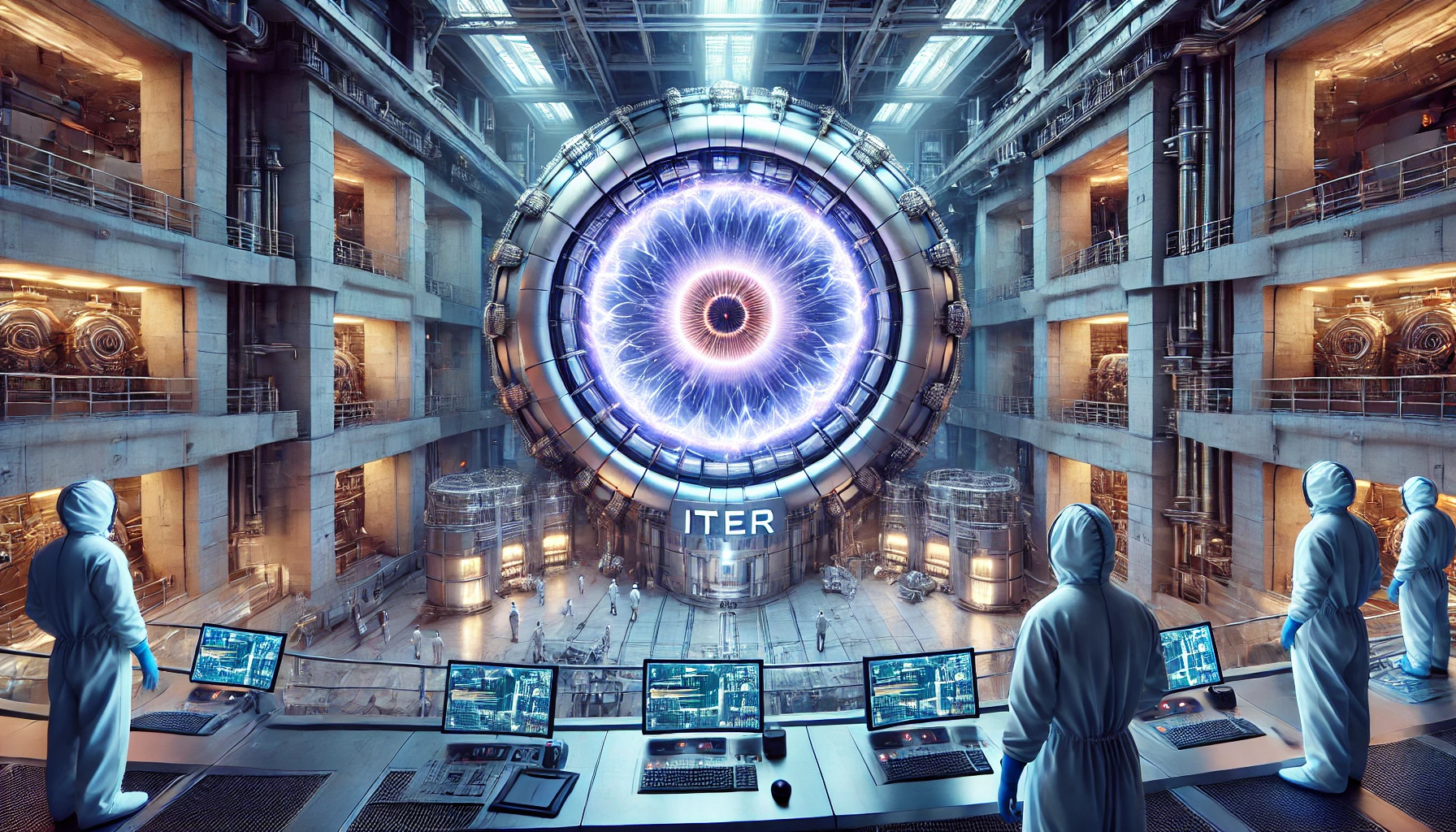Why in News: During his three-day visit to France, Prime Minister Modi, accompanied by President Emmanuel Macron, visited the ITER site in Cadarache. This visit was among several high-level engagements, including the AI Action Summit co-hosted by the two leaders. They also inaugurated India’s first consulate in Marseille. President Macron warmly welcomed Prime Minister Modi at a dinner at the Elysee Palace, underscoring the strong relationship between India and France.
- Project Overview:
- ITER (International Thermonuclear Experimental Reactor), meaning “The Way,” aims to create a “miniature Sun” on Earth to provide unlimited clean energy.
- Located in Cadarache, southern France, it is the most expensive science project of the 21st century, costing over €22 billion.
- Global Collaboration:
- A joint effort by 7 entities: the US, Russia, South Korea, Japan, China, India, and the European Union.
- The EU covers 45% of the cost, while the other members contribute 9.1% each.
- India’s Contribution:
- India became a full partner in the ITER project in 2005, and the ITER Agreement was signed in 2006.
- The Institute for Plasma Research (IPR), under India’s Department of Atomic Energy, oversees India’s contributions to ITER.
- India has committed ₹17,500 crores (~10% of the cost) and gains 100% access to the technology.
- Supplied the world’s largest refrigerator, made by Larsen & Toubro in Gujarat, weighing 3,800 tonnes (half the height of Qutub Minar).
- Technical Contributions: Supplied 4 kilometers of cryolines, which operate at extremely low temperatures (ranging from -269°C to -193°C), critical for the reactor’s cooling system.
- Fusion Energy Goal:
- ITER seeks to replicate the Sun’s fusion process, fusing hydrogen atoms to produce helium, generating clean, carbon-free energy without long-lasting radioactive waste.
- First full experimental run is estimated for 2035.

